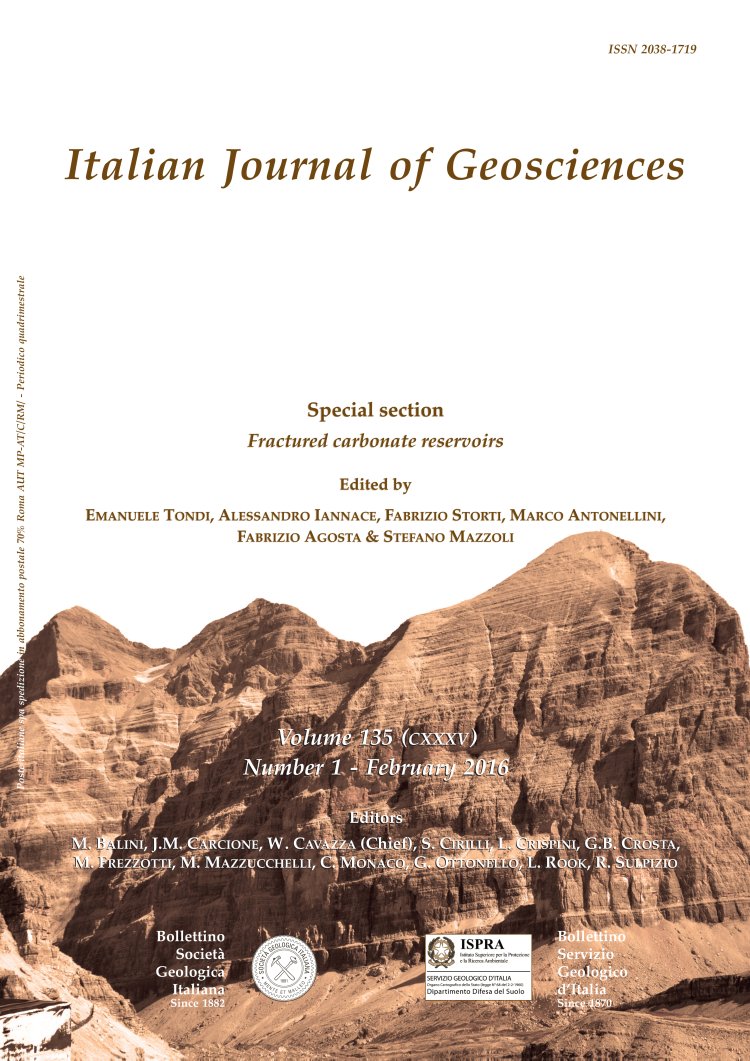
Evidence of active tectonics in southern Calabria (Italy) by geomorphic analysis: the examples of the Catona and Petrace rivers
Claudia Pirrotta (*), Maria Serafina Barbano (*) & Carmelo Monaco (*)
(*) Biological, Geological and Environmental Sciences Department, Catania University, Corso Italia, 57 - 95129 Catania, Italy. Corresponding author e-mail: c.pirrotta@unict.it; phone +39 0957195700.
DOI: https://doi.org/10.3301/IJG.2015.20
Volume: 135 (2016) f.1
Pages: 142-156
Abstract
This work integrates new detailed geomorphic analyses of the Petrace and Catona fluvial network (southern Calabria) with structural geology data in order to characterize the activity of the fault systems intercepting the fluvial basins and to constrain the seismotectonic setting of the study area. Several strong earthquakes (Maw 6.0-7.1) occurred in the last millennium in the area, which is considered among the most seismically active zones in Italy. However, the lack of instrumental data for strong historical earthquakes and the poor exposure of faulted Quaternary sediments, do not allow the easy identification of active, seismogenic faults. We mapped known faults and new minor structures, transversal and parallel to the master faults, through aerial-photo interpretation and DEM analysis. The transversal structures are minor faults and connecting faults accommodating movement between the master faults that slipped generating strong destructive historical earthquakes. The geomorphological analysis highlights markers of recent tectonic activity associated to the mapped faults. Hierarchical parameters and geomorphic indexes of the Petrace and Catona Rivers show drainage anomalies due to active tectonics and reveal the activity of the faults intercepting them. This work shows that, in southern Calabria, besides the known master faults associated with some catastrophic historical earthquakes, minor faults are active and could be sources of low magnitude seismic release. Finally, the geomorphic and geomorphological analyses allow reconstructing the evolution of the Petrace and Catona rivers and fault activity and dating to Late Pleistocene the present day Messina Strait graben configuration.
Keywords
Get Full Text